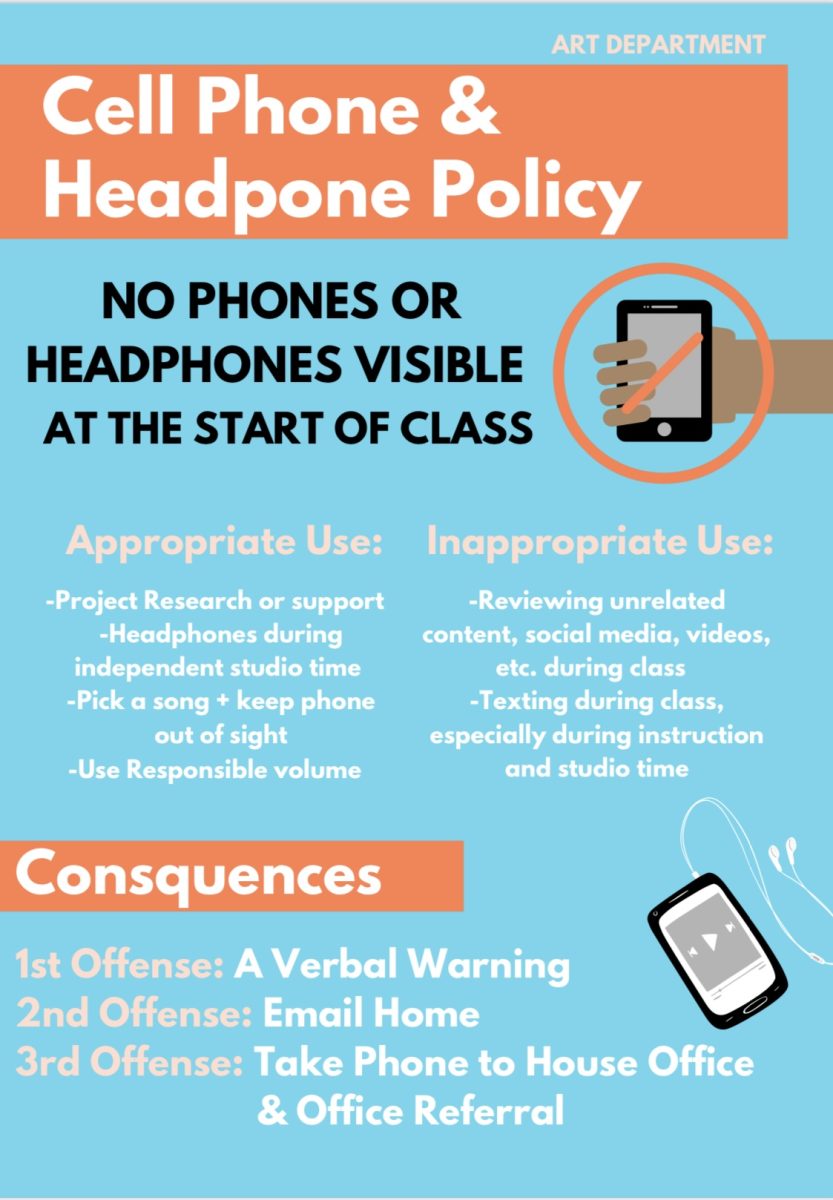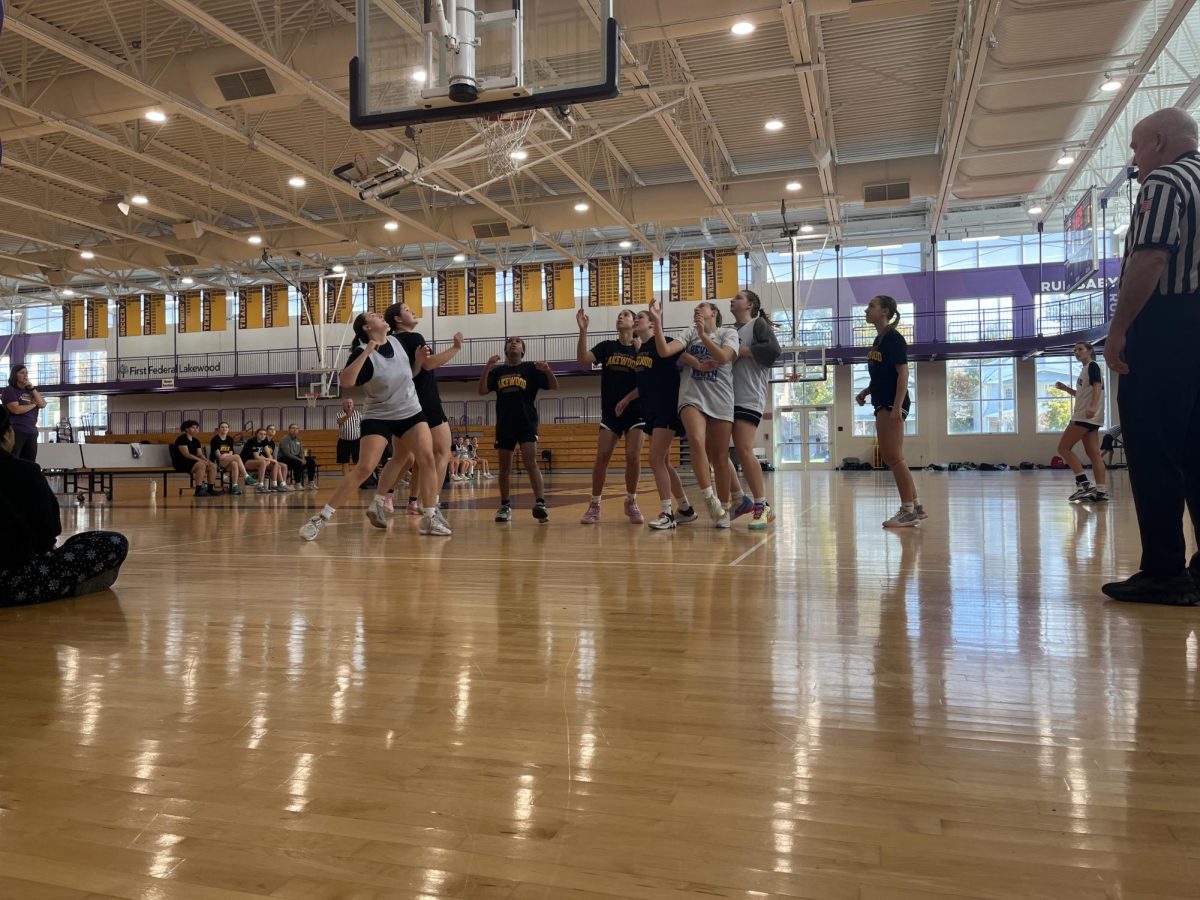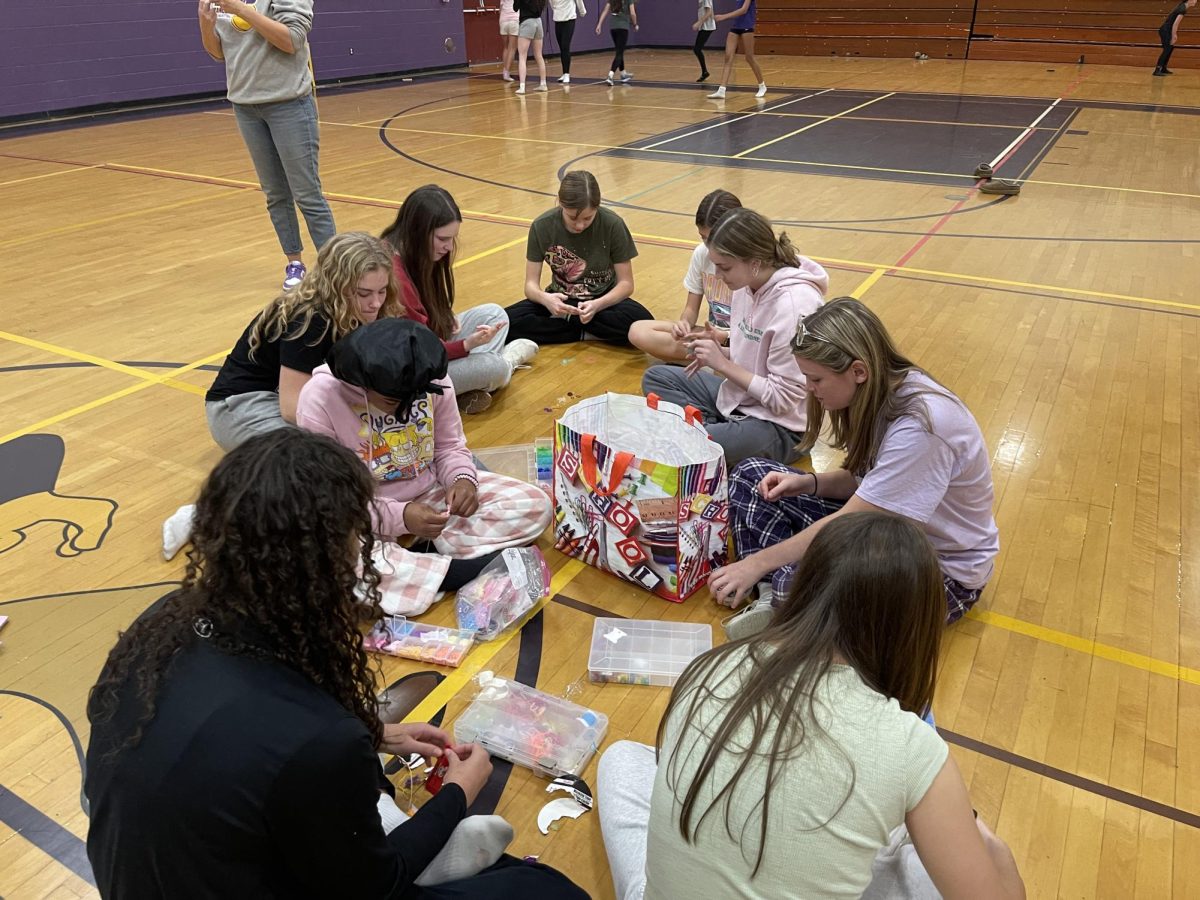In Ohio, many cities have enacted policies restricting cell phones in schools. Some schools provide baskets for students to deposit their devices, while others require phones to remain inside backpacks. This issue has recently garnered attention in Lakewood, where staff are now debating how to address the phone policy at Lakewood High School.
Principal Joy Morgan stated, “I don’t think that I’m on board with a full ban, but I think some sort of policy that limits cell phone use would be essential.” She does not support a complete ban on iPhones because some students rely on their devices for health-related reasons. Implementing a full ban could put many students at risk in potentially harmful situations related to their health.
Phones are a major distraction during school hours. Many students have them out and fail to pay attention to their teachers. The class often divides into two groups: some students are glued to their phones, while others engage in discussions. One reason schools are implementing phone restrictions is to improve class participation.

“Forty minutes can seem like a long time for class discussions, but it goes by super fast. Wasting half of your learning time on a phone is bad because you’re missing important information,” Spanish teacher Erin Costello said.
“Some kids were doing the activity for that class, and others just had their faces glued tight to their phones. So I do think they are an utter distraction in the classroom. To stop all the constant screen time, there was an idea thrown out of doing different signs for the classroom doors,” Morgan stated.
Student Sabina Lobozzo said, “My phone is one of my main distractions, inside and outside of school, especially in school.”
To reduce cell phone distractions, one idea proposed was to use color-coded signs on classroom doors. A black sign prohibits all phone usage, a purple sign allows phone use with the teacher’s permission, and a gold sign permits unrestricted phone use.
Another reason schools are permitting cell phone use is the prevalence of social media. Pulling out a phone to take a picture or videotape something poses potential safety risks. Constantly having a phone visible can heighten feelings of insecurity and diminish motivation. Moreover, excessive time spent on phones can result in wasted hours, leaving a to-do list unattended.
Costello says, “The time I spend scrolling on my phone always makes me feel ashamed because that time could’ve been spent on something I was supposed to do in those hours.”
It’s common for students to get distracted while communicating with their peers or talking with teachers. However, now they’re increasingly distracted by texting and calling on their phones. This shift can negatively impact social skills and increase screen time. On average, kids spend about seven to 10 hours a day on screens if they are not involved in activities like sports or clubs. As Lakewood implements this new restriction, screen time may decrease, helping students develop better social lives outside of their phones.

“My average screen time daily is around seven hours, but on the weekends it can increase significantly,” Lobozzo said.
Implementing a new restriction policy at Lakewood High School can benefit students in several ways. It can enhance social interaction, boost motivation, and improve academic performance.
Morgan stated, “The restriction policy is still being worked on but should be more organized when we come back from winter break.”
As students return from a two-week break, they may encounter new rules regarding their phones. Teachers will remain flexible based on individual circumstances, but the issues related to distractions and learning abilities are expected to improve soon.





























